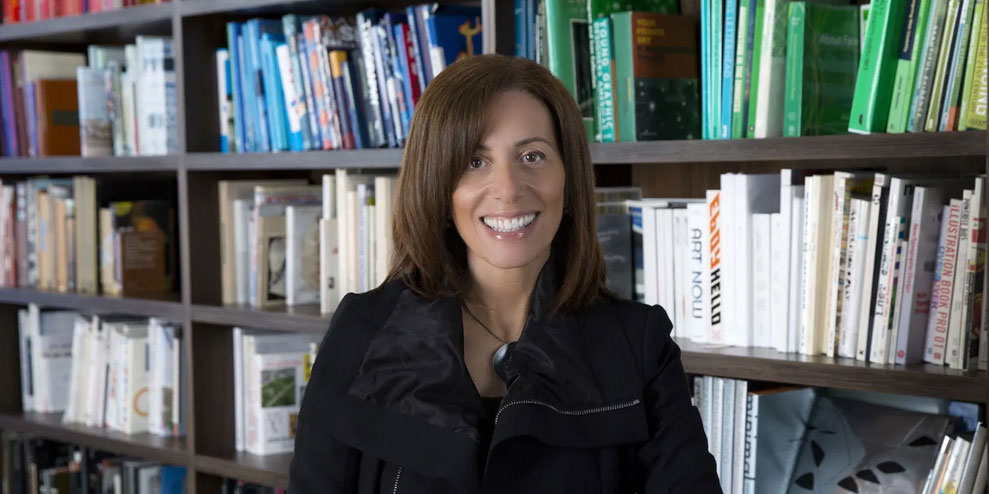As Adobe’s longest-reigning CMO, Ann Lewnes has led the software giant’s marketing efforts for more than a decade. She has seen data be used to quantify the impact of marketing and witnessed how marketing has changed from being operational to strategic. For Adobe, the push to revamp a marketing organization to leverage digital didn’t happen overnight.
We spoke with Lewnes for our report, “The Future of the CMO: More than 60 CMOs Discuss What It Takes to Succeed in the Evolving Role,” about leading digital transformation, making the most out of customer data and advice for aspiring CMOs.
How has the CMO role evolved since you joined Adobe?
I joined Adobe 13 years ago as CMO. When I got here, the role was somewhat traditional. I was overseeing traditional marketing functions, but marketing wasn’t driving the overall agenda for the business in many ways that I felt we could be. I felt we could be contributing more to the overall financial success of the company, as well as its growth and reputation.
How did this change come about?
Really leveraging digital—not just tiptoeing in, but being fully digital very early. That was absolutely critical. That led to a deep understanding of our customers, which helped drive acquisition and retention. We had a laser focus on numbers, analytics and data that gave marketing a seat at the table. Many marketers at that time had not been able to justify their existence in many ways: Digital, the resulting focus on data, and the ability to justify and quantify the impact of marketing made a huge change.
What were some of the barriers to digital transformation?
Bringing in marketing technology is just step one. Even after you implement the technology, you really need to change process in a big way. And we made a lot of changes to the structure of the marketing organization. We didn’t have data analysts, data scientists and social media marketers and a lot of these more analytical skills in-house. We were either reskilling our employees or bringing in new talent. There was a lot of upheaval in order to make this work. The biggest driver was relentless focus on the end goal and not just technology, but process and people. I have a very high bar for our creative, our communications and how we show up as a company. And so you have to keep those things going while you’re changing out a massive culture on the digital side.
What advice would you give to CMOs leading digital transformations today?
Every company is different, but what I have observed is most companies that have successfully made this transformation, there is a person, a champion—and it doesn’t even have to be the CMO, it could be a chief digital officer, a chief revenue officer—but there’s somebody that stands up and says, “We’re going to do this.” It may be the CEO of course, but 20 years ago, it would never have been the CMO. Today, it can be the CMO because again, you have that incredibly close relationship with the customer and the world now is focused on customer experience.
How do you respond to the speculation that the CMO is being replaced by the chief digital officer or chief revenue officer?
The CMO should be the chief digital officer and the chief revenue officer and a lot of other C-level positions because this is a moment in time where the CMO has permission to move into adjacent areas and take the ball. The CMO is, in many ways, the chief customer officer just as much as the chief marketing officer. Now more than ever, with all the data we have about our customers, we are able to have a much deeper understanding of their wants, their thoughts, and cultivate personalized experiences for them. That’s where the real power is: understanding the customer better than anyone else.
What skills are most important to the modern CMO?
Relentless focus on results and exceeding expectations; risk orientation—doing new things and knowing sometimes you’re going to fail, but sometimes there will be a big prize; self-advocacy— as a young woman, I really had to advocate for myself [because]you’re going to be the person who pushes your career forward; creativity—I still think the core of marketing is creativity, whether it’s through events, advertising or our website.
How will the CMO position continue to evolve?
In the past, CMOs often focused on communications, reputation and advertising. While they may have been extremely strategic people, they weren’t necessarily being asked to help drive strategy and growth for the company. Now, we have incredible insight into customers and what drives the growth of the company. And as a result, the people coming into the field now have a different profile than what a CMO used to be. Whereas many of us started out either in communications or advertising, in many cases now, CMOs are far more business-oriented at the get-go. And I think that’s a great place for this role to be moving forward.
–
This article first appeared in www.emarketer.com
Seeking to build and grow your brand using the force of consumer insight, strategic foresight, creative disruption and technology prowess? Talk to us at +9714 3867728 or mail: info@groupisd.com or visit www.groupisd.com

